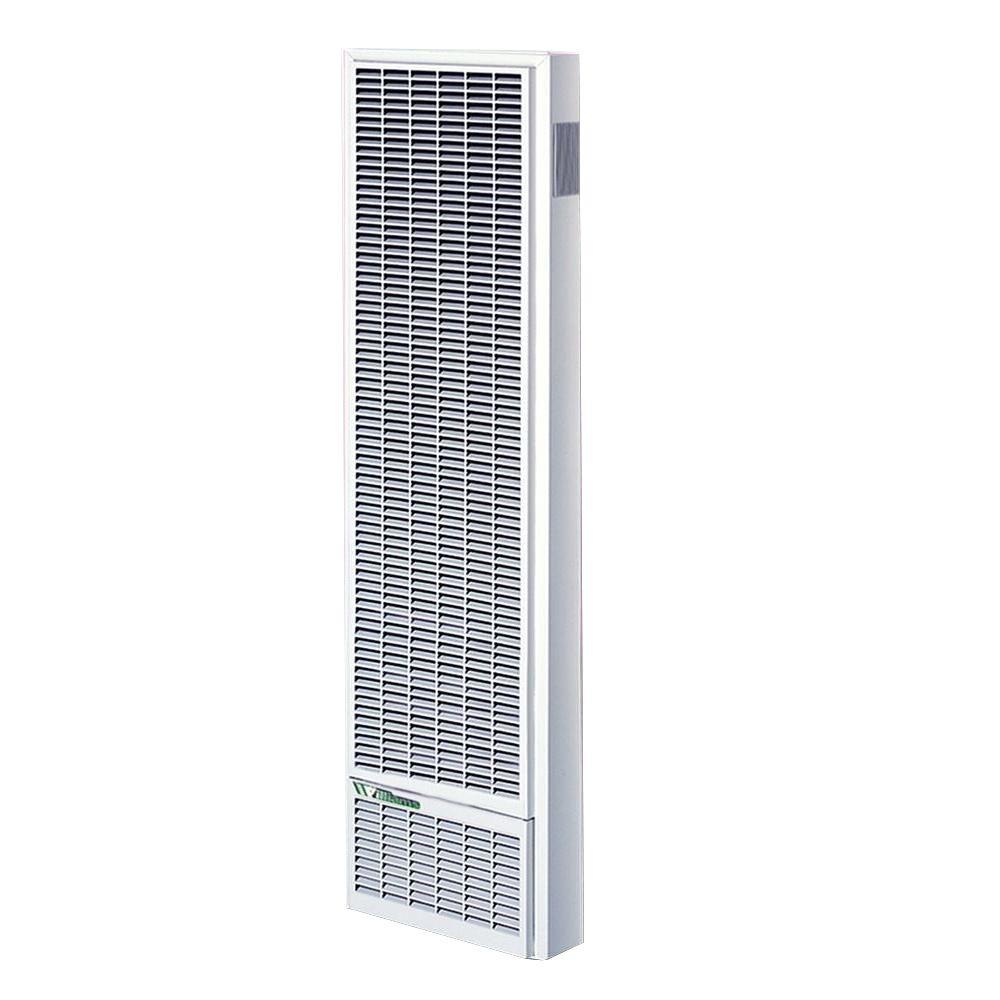Table of Content
- Termite damage and home insurance
- Finding Termites and Detecting Damage
- How to repair termite damage
- Why Is Termite Damage Not Covered by Home Insurance?
- Does homeowners insurance cover termite damage?
- So, does home insurance cover termite damage?
- What To Do If You Have Termite Damage That Is Not Covered
- Tackle moisture problems
Even if you’re going to spend your own money on the inspection, you can actually re-negotiate the cost of the property if termites are present in it. Also, you can demand that the seller fix the problem first before you proceed with the purchase. So before purchasing a house, ask the seller to pay for a professional pest inspection first.

The wood in your home’s attic and beneath the house can also be compromised by termites. If termites chew away at the wood of your home, its structural integrity will be significantly weakened. The offers that appear on this site are from companies that compensate us. This compensation may impact how and where products appear on this site, including, for example, the order in which they may appear within the listing categories.
Termite damage and home insurance
As a result, the homeowner is solely liable for any damages caused by them. When termite damage occurs, you have the option of installing an alternative method of protection. When you have a termite warranty, you can be confident that you will not have to pay thousands of dollars in repairs.
Regular termite maintenance can help to avoid termite infestations; however, homeowners are responsible for their termite control. If you don’t want to hire an outside pest control company, you can still thwart an insect infestation with routine home maintenance and inspections. This bond or policy includes regular inspections of the property to prevent the occurrence of termites.
Finding Termites and Detecting Damage
While compensation arrangements may affect the order, position or placement of product information, it doesn't influence our assessment of those products. Please don't interpret the order in which products appear on our Site as any endorsement or recommendation from us. Finder.com compares a wide range of products, providers and services but we don't provide information on all available products, providers or services. Please appreciate that there may be other options available to you than the products, providers or services covered by our service. But you may be able to setup a plan with a local pest control company to do yearly preventative treatments and inspections for a couple hundred dollars annually. You’ll need to check individual policies for the full details, but there are some situations when termite damage may be covered under homeowners insurance.

Any type of deferred maintenance that results in damage is due to owner negligence, and an insurer will contest that claim. However, there may be some instances when homeowners can be compensated for fixing damage caused by termites. Termite damage is not always obvious, especially if it’s not in plain sight — like if there’s a large infestation under your floorboards.
How to repair termite damage
Take note that termite warranties aren’t the same with termite bonds. The termite warranty is signed before the purchase of the treatment. Mostly, it vouches for the efficacy of the termite treatment and other pest control services for a certain period.
A number of insurers offer discounts when customers take out multiple policies, like auto and home. ” Customer reviews and other rankings help narrow down reliable insurers. Owners who worry about termites can ask neighbors what experiences they’ve had presenting a claim with their company. Termite insurance can be a great investment for homeowners looking to protect their property from costly damage caused by termites. Not only does it cover the cost of termite treatment, but it also provides coverage for any structural damage caused by termites. Additionally, the cost of termite insurance is relatively low compared to the cost of treating a termite infestation, making it a worthwhile purchase for many homeowners.
Small infestations are less expensive to treat, and widespread infestations are more expensive. Before hiring an exterminator, request price quotes from a few companies to ensure the best rate. Unlike a rodent or ant infestation, it can be difficult to detect termites, which live in the walls, support beams, floors, ceilings, cabinets, furniture and carpet. Some of the things that may indicate termite damage include soft or hollow wood, bubbling paint, splintered wood or mud tubes.

Unlike insurance policies that cover the damage once it’s done, termite bonds are in place to avoid the threat of the pest. Homeowners insurance is designed to cover risks and damage that are accidental and sudden. As a pest control company will tell you, termites aren’t a sudden phenomenon. While you may not initially know they’re sharing your home, they will stick around as long as you continue to provide them with food and water. The cost to remove termites and repair their damage is generally not covered by your homeowners insurance.
And, especially for those living in warmer, more humid climates, checking for and preventing house termites should be a top priority on their maintenance checklist. Standard homeowners insurance policies typically do not cover termite damage . There is a scenario in which termite damage might be covered by your homeowners insurance policy. If these little buggers chew through electrical wires and a fire results, the insurance policy might cover the damage resulting from the flames. Furthermore, if termites eat through a tree branch and that branch lands on your roof, the policy might kick in to cover that specific peril.
Keep the soil around your house's foundation dry through proper grading and drainage, which includes properly functioning gutters and downspouts. If you decide to take care of the problem yourself, it's important to accurately assess the size of the infestation. If you don't remove the entire colony, the damage will only continue to grow and become more expensive. In many cases, a professional exterminator will be more expensive in the short term but will be the better investment. A professional will ensure the entire colony is completely eradicated and will stop growing.
Our best advice is to compare quotes from several contractors to ensure you are getting the best prices for repairs. The company will send a claims adjuster, who may consider the infestation a result of neglect. The report from your inspector can be used to counter that a professional declared the infestation a direct result of an insurable event. These events can change the structure of your home and lead to a termite invasion, but proving the direct link between the damage and the termites may be hard to do. Add Branch renters insurance to your auto policy to save money on both.
This is usually the cheaper DIY option for preventing termites, and not a solution for exterminating an existing infestation. If there’s extensive damage to the structure of your home, you’ll need to hire a contractor to make repairs to your home. Kara McGinley is a former senior editor and licensed home insurance expert at Policygenius, where she specialized in homeowners and renters insurance. As a journalist and as an insurance expert, her work and insights have been featured in Forbes Advisor, Kiplinger, Lifehacker, MSN, WRAL.com, and elsewhere. Elissa Suh is a disability insurance expert and a former senior editor at Policygenius, where she also covered wills, trusts, and advance planning. Her work has appeared in MarketWatch, CNBC, PBS, Inverse, The Philadelphia Inquirer, and more.
Termites have straight antennae as compared to ants’ elbowed antennae. We’re transparent about how we are able to bring quality content, competitive rates, and useful tools to you by explaining how we make money. All providers discussed on our site are vetted based on the value they provide. And we constantly review our criteria to ensure we’re putting accuracy first.
























